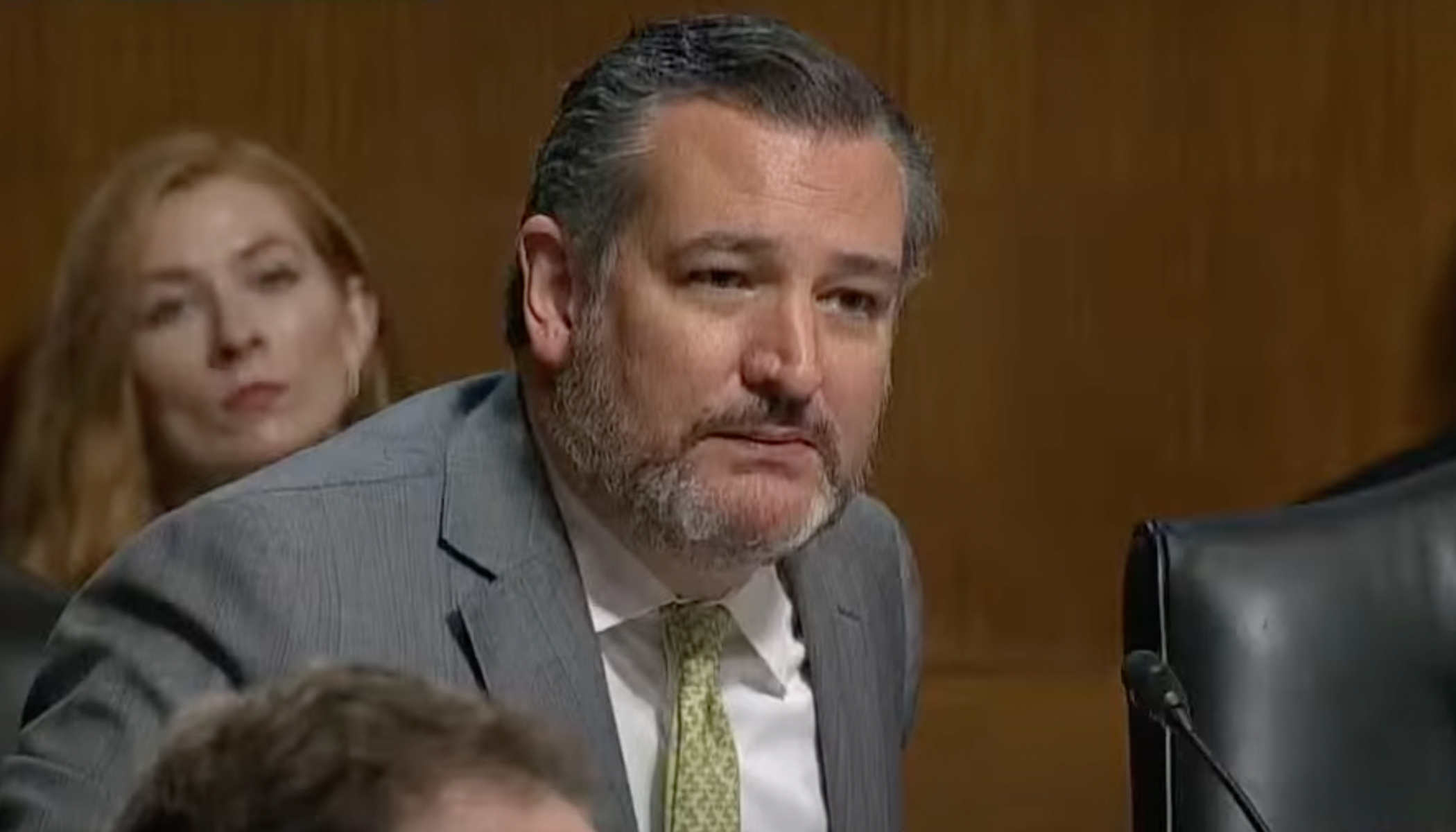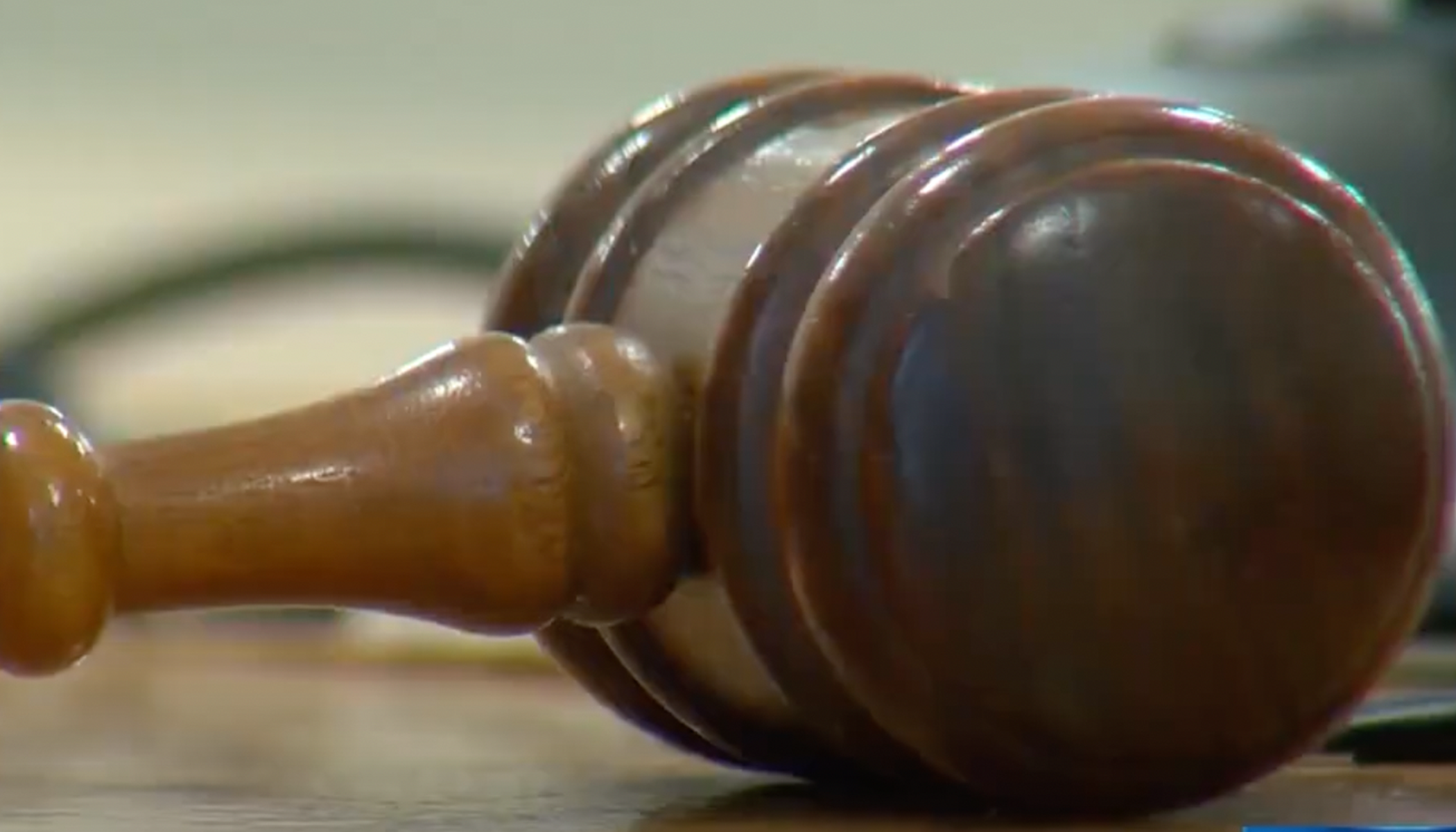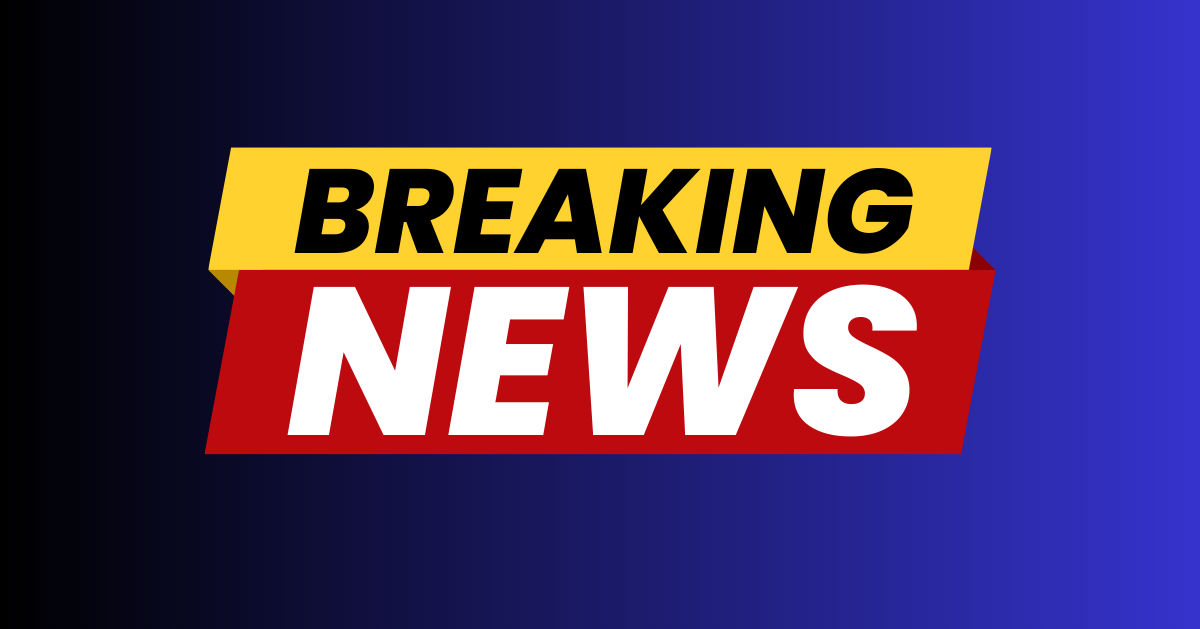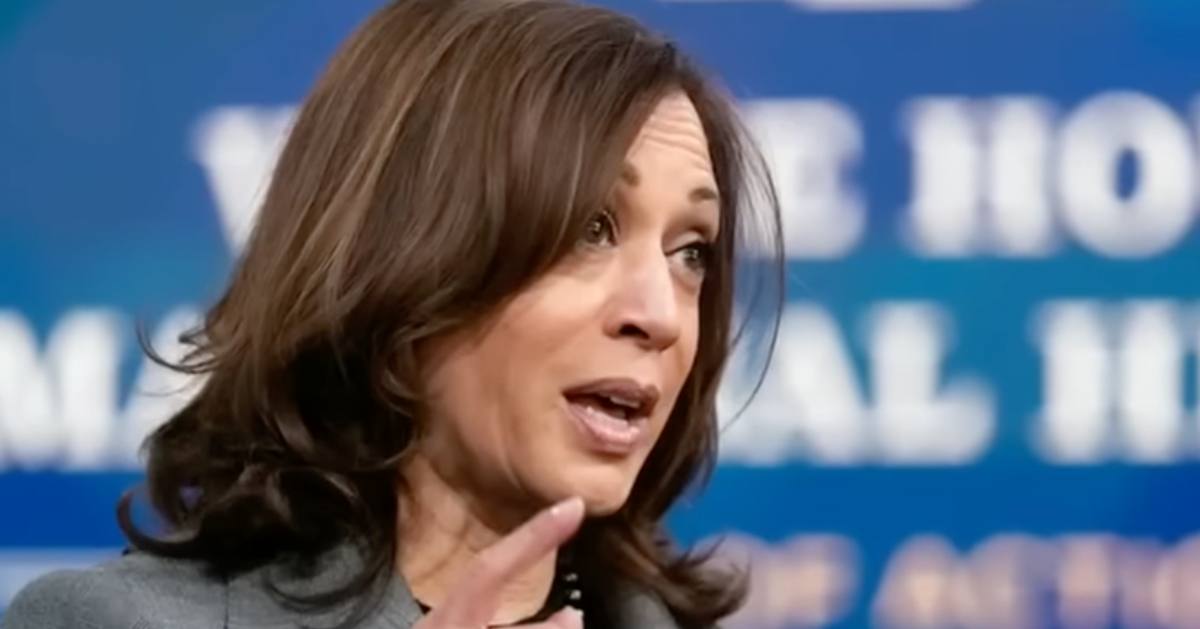Colleges lowering tuition to combat declining enrollment
Amid declining applications and enrollment numbers, colleges across the country are being forced to get creative, and some – including Colby-Sawyer College – have done what was once considered unthinkable, namely, slashing tuition costs for students and families, as the New York Times reports.
The move at the small, New London, New Hampshire school comes in the wake of increasing competition for student dollars and a drop in admission applications of roughly 10% over the past two years, in what may be a broader trend in higher education.
Tuition slashed
Forced to confront a set of changing dynamics in recent years, Colby-Sawyer made the dramatic decision to cut tuition prices for the 2023-24 academic year from an eye-watering $46,000 all the way down to $17,500, as the Times noted.
That price point places the college in league with a host of regional public institutions, which high school seniors might have traditionally viewed as being within closer financial reach.
According to the Times, the action taken by Colby-Sawyer and a number of similarly situated colleges is “part marketing move and part reality check.”
Tuition reductions are, according to the outlet, evidence of a “frank recognition among some lesser-known colleges that their prices are something of a feint. They are high in part to mimic the price tag of the most elite colleges and universities – suggesting that this is an education worth paying for – but, in reality, the prices are not based in fact. At Colby-Sawyer, every student gets a discount.”
Susan Stuebner, Colby-Sawyer's president, did not evade the truth of that observation, saying, “I don't want to call it a game, because it's not a game. But this phenomenon in higher education of a high sticker price, high discount is so confusing to families,” noting that in many cases, applicants see the high published cost of attendance and cease further investigation into the school, an outcome that is proving unsustainable in the current competitive atmosphere.
Stark reversal
The significance of the cost-cutting trend cannot be overstated, according to the Times, considering that it represents a complete reversal from the prevailing attitude in decades past in which administrators operated under the assumption that high prices equated to an influx of eager applicants.
Referred to as the “Chivas Regal effect,” families allegedly believed that expensive tuition was a sign of educational quality, and the idea of their children receiving scholarships from the school appealed to their quest for prestige.
As such, institutions had no qualms about ratcheting up tuition prices each and every year, knowing all the while that financial aid of one form or another would be used to offset the actual cost to be paid by matriculants.
Other schools follow suit
As Forbes reports, in the realm of small, liberal arts colleges struggling with enrollment numbers, Colby-Sawyer is far from an outlier in terms of initiating what the higher education industry refers to as a tuition “reset,” something the school's head of advancement says is “bringing the published tuition much closer to reality.”
Schools opting to enter into a tuition freeze include the entire New Hampshire public college and university system, the University of Vermont, Slippery Rock University, New England College, and Grand Canyon University.
Other state university systems, including those in New York, Nebraska, Virginia, Wisconsin, Tennessee, and South Carolina have also implemented a freeze, and Purdue University has kept its tuition cost flat since 2012, according to the Times.
Tuition reductions are being undertaken at a growing list of schools including Lasell University, Indiana University of Pennsylvania, Washington and Jefferson College, and Roosevelt University.
“Gigantic dichotomy”
While there may be a growing number of small liberal arts schools and state universities willing to make adjustments when it comes to the astronomical and often artificially inflated costs of tuition, the Times notes that the trend may not extend to elite institutions that have massive endowments capable of seeing them through today's choppy waters.
Tuition reset consultant Lucie Lapovsky explained to the outlet, “What you see is a gigantic dichotomy between the very elite schools and other schools, which are accepting almost every student that applied and hoping they can get enough of them to say yes.”
Extremely competitive schools hoping to retain top-tier status are unlikely to resort to Colby-Sawyer's tactics, added Sandy Baum of the Urban Institute, who said, “Skidmore College is not going to do this, and they don't need to. Mount Holyoke has too much of a reputation to do that.”
Only time will tell if tuition-cutting strategies will do much at all to bring college costs in line with the value actually received by students but given the reluctance of all too many institutions to abandon the illusory practices and administrative bloat that arguably drove prices up in the first place, much room for skepticism remains.






